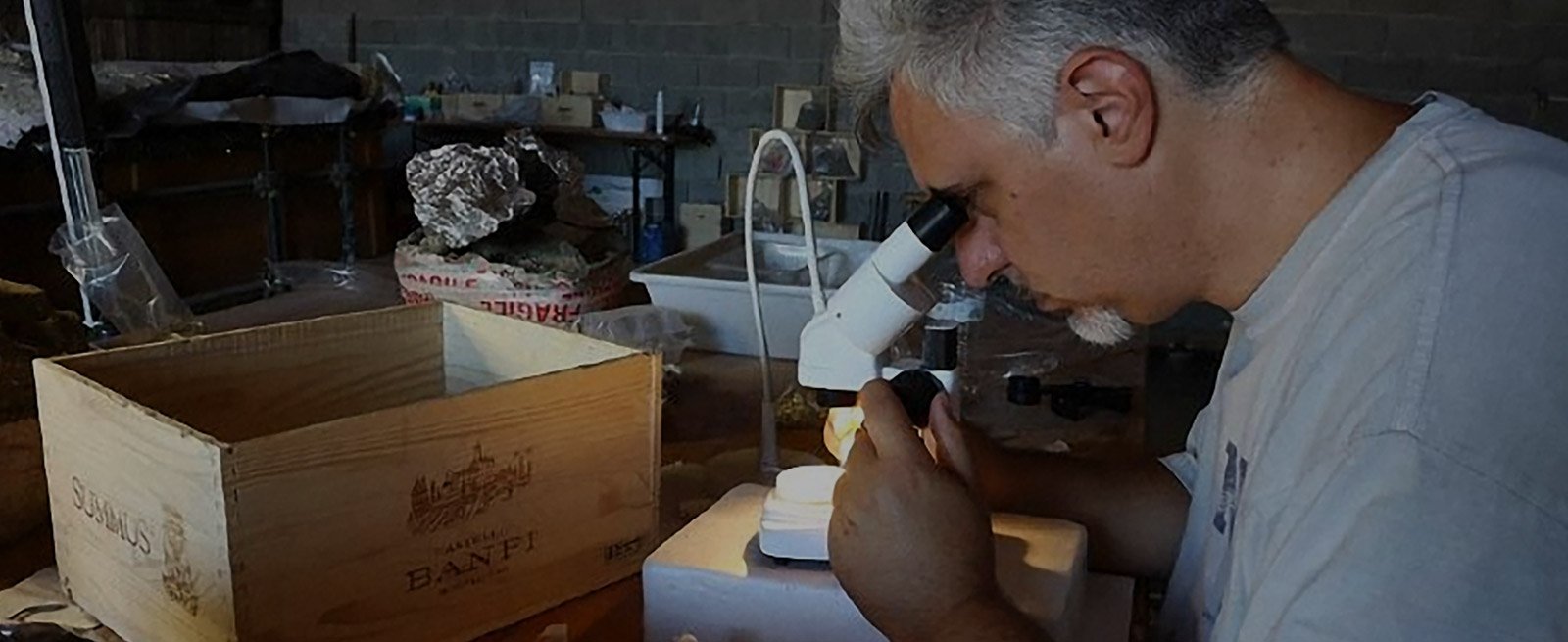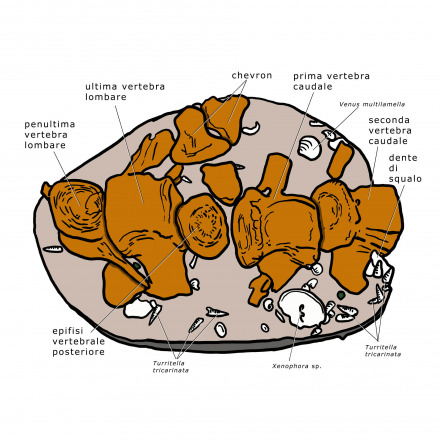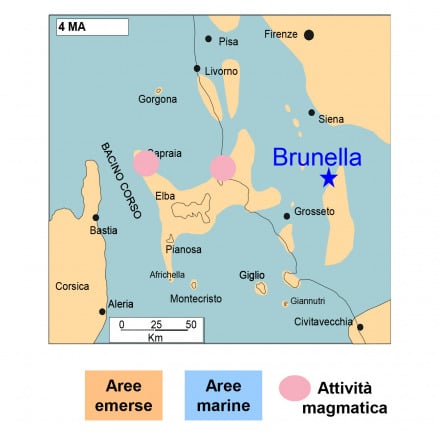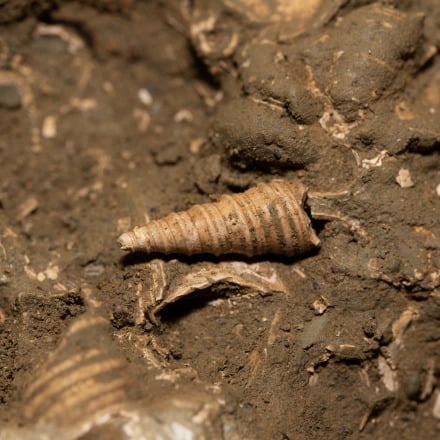

First, the anatomical study of the specimen will reveal whether "Brunella" belongs to an already known species or whether it is the first specimen of a new species that has not been described yet. It will also allow a series of research on the phylogenetic and paleobiogeographics relations of Brunella with other known species of existing and fossil baleen whales. Furthermore, the detailed study of the bones will allow to reconstruct the biomechanical swimming and feeding modalities of this whale, contributing to our understanding and awareness of the evolution of mysticetes in general.
In order to understand the biology of Brunella, it is necessary to place it in the right chronological and ecological context.

The team is currently conducting a detailed analysis of the microfossil content of the geological section described on the discovery site of the whale. Thanks to these microscopic fossils and other tests on the sediment it will be possible to understand to when precisely Brunella dates.

The fauna associated with Brunella is very varied: so far about 25 species of mollusks, 2 species of sea urchins, several barnacles, shark teeth and fish fragments have been discovered. Each component of this fauna will be studied by one or more specialists to understand which species were present at the time of Brunella in the territory of Montalcino, also to understand the ecological relationships between the various components of this community.
The study of the ecosystem in which Brunella spent the last moments of its life will be the object of a multidisciplinary approach by a vast network of collaborations among scientific research centers in order to develop a high-resolution reconstruction.